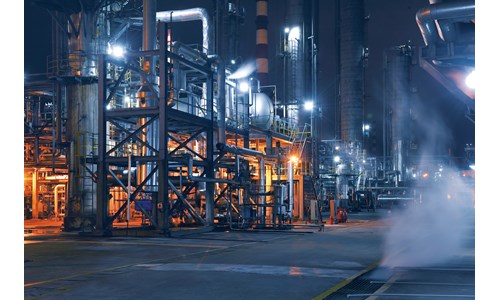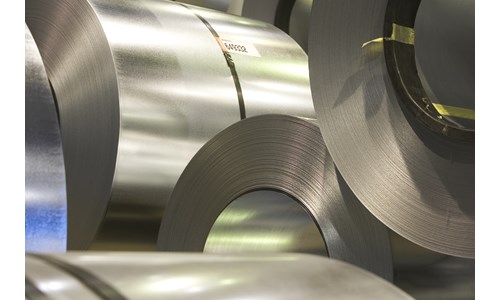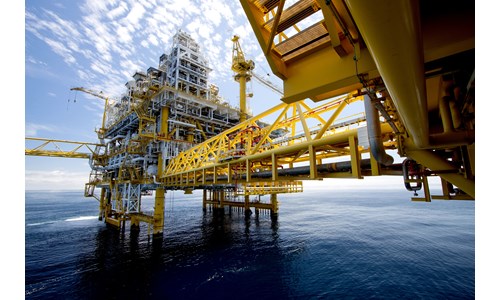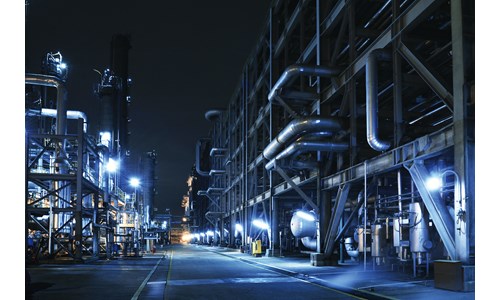
*Please note that this report only includes an Excel data file if this is indicated in "What's included" below
Report summary
Table of contents
- Market drivers
-
Regulatory issues
- Compulsory Stockholding Obligation
- Biofuels
- Electromobility
- Retail network development
- Motorway station network
- Major players: competitive positions
- Major players: strategies
- Hypermarket fuel outlets
- International oil companies
- ExxonMobil (Esso)
- BP
- Shell
- Valero
- Phillips66
- Essar
- Independent groups
- Motor Fuel Group
- DCC (Certas Energy)
- EG Group
- Rontec
- Harvest Energy
- Applegreen
- Non-fuel retailing
- Motor fuels (gasoline and diesel)
- Industrial/domestic gas oil and kerosene
- Aviation kerosene
- Fuel suppliers to the UK's main airports
- Heavy fuel oil
- Marine bunkers
- LPG
- Lubricants
- Bitumen
-
Fuels marketing margins
- Retail fuels marketing
- Commercial fuels marketing
-
Distribution of oil products
- Primary distribution
- United Kingdom Oil Pipelines Ltd (UKOP)
- Valero Mainline pipeline system
- ExxonMobil pipeline system
- Secondary distribution
-
Oil product storage infrastructure
- Independent petroleum product storage
-
UK regional retail supply infrastructure
- Midlands
- East and North East
- North West
- Northern Ireland
- Scotland
- South
- South West
- Wales
Tables and charts
This report includes 26 images and tables including:
- Total demand
- Demand by product
- Car parc by fuel type
- Diesel/gasoil demand by sectors
- Percentage UK retail fuel supply by region
- Biogasoline and biodiesel blending percentages
- Retail fuel volumes
- Overall retail network development
- Service station networks and market shares (by brand)
- Company-owned service station networks
- Network effectiveness ratio: ratio of share of fuel sales to share of sites
- Commercial diesel demand
- LPG infrastructure in the UK
- Retail gasoline 95RON price formation 2022
- Retail diesel price formation 2022
- Retail products: gross margins per year
- Independent storage facilities
- Eastham refinery profile
- Fawley refinery profile
- Grangemouth refinery profile
- Humber refinery profile
- Lindsey refinery profile
- Pembroke refinery profile
- Stanlow refinery profile
What's included
This report contains:
Other reports you may be interested in
Retail Fuels Service
This landing page provides a simple way to navigate between Retail Fuels Service's latest articles, margin analyses, and pricing data.
$900Europe downstream oil in brief: United Kingdom downstream oil import infrastructure focus
Infrastructure investment in the UK downstream oil sector has focused on increasing the capability to receive and discharge larger vessels
$900United Kingdom upstream summary
Provides a detailed description of reserves, production, infrastructure and fiscal terms for the UK upstream sector.
$9,450












